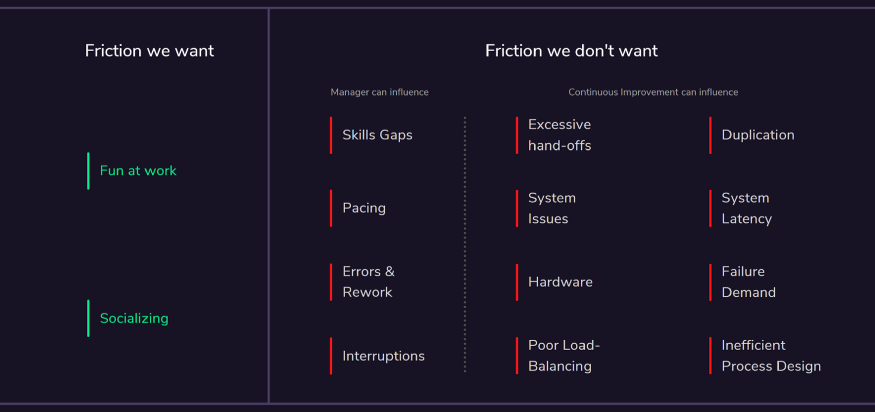
Attrition can be your friend.
With attrition rates running (conservatively) at 13% across the Insurance industry AND with the heightened focus on cost-control, a leader is left with two scenarios:
-
Back-fill the recently vacated role(s)
-
Don’t fill the role and hope the team can manage the extra load.
Let’s dissect.
Option 1
With Option 1, not only are you not moving the needle on budget, you’re actually adding to cost. Research by SHRM found that replacement costs (hiring, training, lost productivity) runs at between 60% - 200% the cost of the role being filled.
Now let’s factor that attrition rate back in. Assuming a department with 100 people being paid on average $60k. At 13% attrition, 13 staff members leave over the course of a year. That’s $780k in salary. So, when looking at the additional costs incurred by back-filling, that’s $468k to $1.5m of replacement costs on top of the salaries.
Option 2
By not back-filling in the same example as above, the leader would have an annual decrease in their spend of $780k.
Now obviously, from a purely cost-saving perspective, Option 2 wins out.
There’s a fairly large elephant in the room though…the same amount of work needs to be completed by the remaining 87 staff…while balancing service levels, quality, customer experience and staff engagement and burnout.
So, what can you do when you’re under cost and service-level pressure?
- You can look at the efficiency of your process and systems…that’ll help decrease the overall workload, however it may take some time to execute (and my colleague Lee Gardiner has a great piece on the Hype Cycle which relates to this)
- You can move work offshore or outsource, but that comes with its own raft of issues.
There is a third option however…
You can focus on Friction encountered by your frontline staff. The obstacles and pain-points they encounter each day are not only frustrating for them but take time away from focusing on meaningful work. An Ohio State study found that ‘in an 8-hour day, the average employee is productive for 2 hours and 53 minutes’. The rest of their day is lost to friction.
Friction is significant and is easy to eliminate once you can see it. The problem is, most organizations don’t have a systemic approach in place to capturing Friction. Instead, initiatives are driven by anecdotal evidence or responding to the squeakiest wheel.

To wrap up this exercise, let’s take the remaining 87 staff, and assume that we can remove 1 hour of Friction per person per day. That’s 87 hours of released capacity every day. The equivalent of 12 full-time employees.
So by focusing on friction at the frontline, not only can you save $780k (13%) annually through attrition (and all the costs associated with replacing these roles), you’ll positively impact team engagement by removing pain-points, and you’ll essentially fill the gap that attrition left through higher production.

